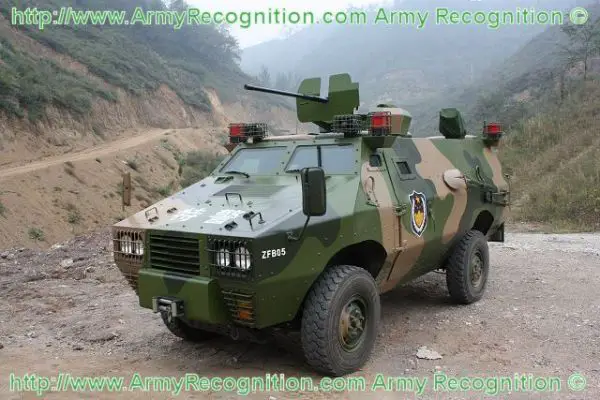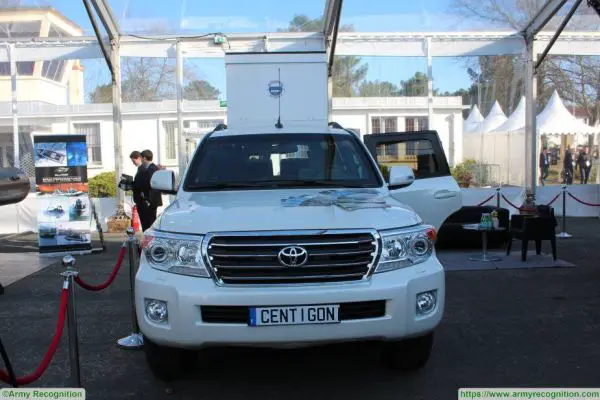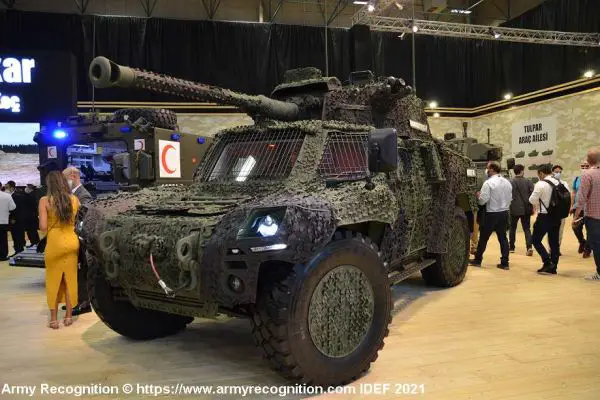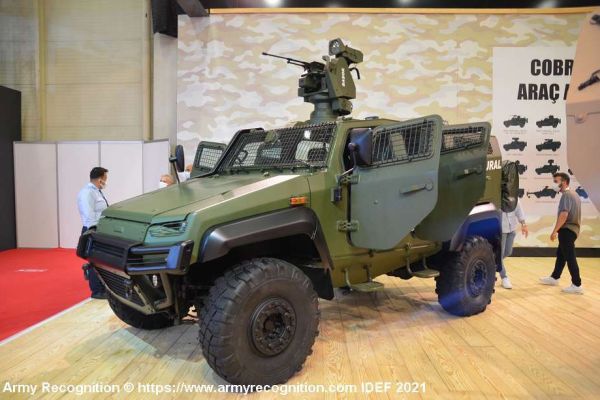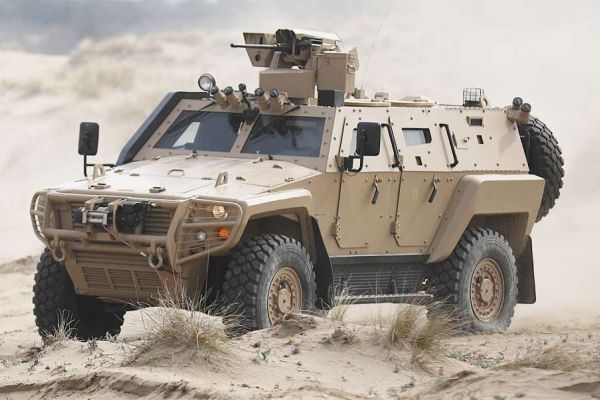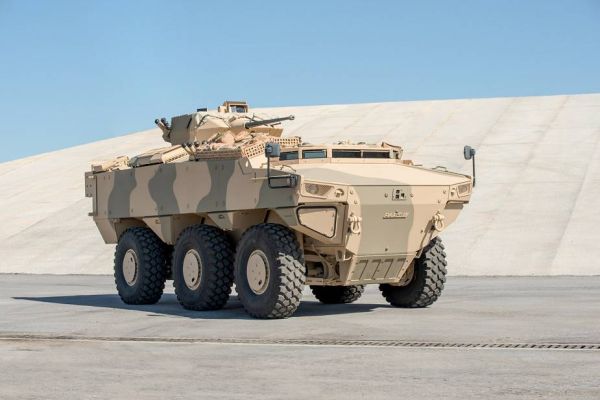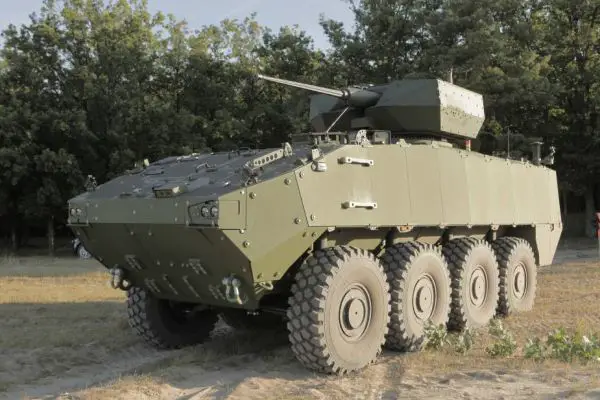Wheeled APC Vehicles.
Puma 6x6 Iveco.

The Puma 6x6 is a wheeled armored personnel carrier (APC) designed to offer a balance of mobility, protection, and modular mission adaptability for light and mechanized forces. Developed by Iveco Defence Vehicles of Italy, the Puma 6x6 forms part of a broader family of light armored vehicles that also includes a 4x4 version. The Puma 6x6 has been integrated into the Italian Army's light infantry, airborne, and amphibious regiments, where its multi-role capability and off-road performance make it suitable for diverse military operations, including reconnaissance, troop transport, and peacekeeping missions.
Country users: Italy, Djibouti, Libya (captured or inherited vehicles), Lebanon (reported via peacekeeping deployment), UN/NATO mission forces (limited operational use or evaluation), Ukraine
Description
The Puma 6x6, an Italian-made light armored personnel carrier developed by Iveco Defence Vehicles, was created in response to the Italian Army's requirement for a mobile, protected, and modular battlefield vehicle that could accompany heavier platforms like the Centauro 8x8. Iveco’s work on armored vehicles began in the early 1980s with the 6634 AVL, a 4x4 armored vehicle that served as the conceptual basis for a future family of 4x4 and 6x6 vehicles. However, the Army sought a more capable design, with greater payload and versatility, capable of operating in tandem with wheeled tank destroyers and performing various support roles.
The development of the Puma began in earnest with the construction of the first prototype in 1988, followed by a second in 1989. These initial builds tested the feasibility of the platform and led to refinements that produced three additional prototypes in 1990 representing the definitive configuration of the armored personnel carrier. The Italian Army, satisfied with the platform's potential, also initiated the development of six mission-specific variants: three missile carriers for the Raytheon TOW, Euromissile MILAN, and MBDA Mistral systems; an 81 mm mortar carrier; an ambulance version; and a command post vehicle.
Following a period of operational testing and refinement, a production contract was awarded in 1999 for the delivery of 540 Puma vehicles. These were to be produced in two main configurations: 240 in 6x6 and 300 in 4x4 layout. Production began at Iveco’s Bolzano facility in mid-2002, and the first production vehicles were delivered in mid-2003. To reduce life cycle costs and streamline maintenance logistics, both variants were designed to share major components including the engine, transmission, and suspension systems.
The Italian Army designated the Puma as the Veicolo Blindato Leggero (VBL), or Light Armored Vehicle. The 4x4 Puma variant was assigned to reconnaissance regiments, where it would operate alongside the Centauro in a mixed configuration within reconnaissance squadrons—typically two Centauros and four Pumas per section. The Puma 4x4 carried a six-man scout team (including driver), allowing it to deploy dual two-man reconnaissance elements. The 6x6 variant, in contrast, was destined for light infantry, paratroop, alpine, and amphibious regiments, where its larger internal volume allowed it to transport a six-man infantry fire team in addition to the crew and their equipment.
Among the two additional prototypes built under the development contract, one featured an Oto Melara 12.7 mm remotely operated turret capable of being aimed and fired from within the vehicle, while the other was equipped with additional bolt-on passive armor modules. These configurations were trialed to evaluate potential upgrades to the main production run, and future acquisition programs were expected to include these enhancements if testing proved successful.
Puma 6x6 variants:
- Armored Personnel Carrier (APC): Standard troop transport version
- Command Post Vehicle: Equipped with communications and planning systems for battlefield coordination
- Ambulance: Configured to carry medical crew and two stretcher cases
- 81 mm Mortar Carrier: Internal mount for indirect fire support
- Anti-Tank Guided Missile Carrier: Armed with MILAN or TOW ATGWs
- Surface-to-Air Missile Carrier: Fitted with MBDA Mistral SAM system
- Prototype with Oto Melara 12.7 mm Remote Turret: Features under-armor weapon control
- Prototype with Add-on Passive Armor Kit: Enhanced ballistic protection for evaluation
Technical Data
-
Armament
The primary armament of the Puma 6x6 in its standard APC configuration consists of a 12.7 mm Browning M2HB heavy machine gun, mounted on a manually operated pintle or cupola ring above the commander’s position. The weapon is used for self-defense, suppression, and convoy protection roles and is often paired with a bank of three smoke grenade launchers mounted on either side of the hull toward the rear, providing forward-fired screening capability. Some variants mount a 7.62 mm MG 42/59 in place of the heavier weapon, depending on mission requirements and vehicle role.
In addition to the standard troop carrier variant, the Puma 6x6 was also designed to accept heavier or more specialized weapon systems. Conceptual and prototype versions have been tested with anti-tank guided weapons (ATGWs) such as the MILAN and TOW systems, surface-to-air missiles (SAMs) like the MBDA Mistral, and an 81 mm mortar. A key prototype included an Oto Melara 12.7 mm remote-controlled turret, allowing the gunner to aim and fire the weapon from within the protected hull, significantly improving survivability in hostile environments.
-
Design and protection
The Puma 6x6 is constructed with an all-welded steel monocoque hull offering ballistic protection against small arms fire and shell splinters, compliant with STANAG 4569 Level 2. Mine protection is also provided up to STANAG Level 2a/2b, defending against light anti-tank mines beneath the hull and wheel stations. The upper hull sides are angled inward to help deflect projectiles and blasts. Unusually, the hull sides are fabricated from single-piece steel plates, rather than being constructed from welded panels, increasing structural strength and reducing potential points of failure.
The vehicle’s crew configuration includes a driver and a gunner/commander, with seating for six to eight dismounts in the rear compartment. The driver is seated at the front left of the hull and operates the vehicle through a forward-opening, domed hatch with three day periscopes, one of which can be replaced by a passive night periscope for low-light driving. The engine compartment is situated to the right of the driver and separated by a bulkhead.
Troops enter and exit the vehicle through a rear door that swings left, or side doors with vision blocks and firing ports. Additional roof hatches provide egress and allow for firing from a standing position. The commander’s cupola, mounted at the center of the roof, features a single rear-opening hatch and five day periscopes for all-around visibility. Externally, a winch is mounted on the rear right of the vehicle for self-recovery or utility use.
-
Mobility
The Puma 6x6 is motorized with an Iveco 8042.45 four-cylinder turbocharged diesel engine producing 180 horsepower at 3,000 rpm. This powerplant offers a favorable power-to-weight ratio for a light armored vehicle and is coupled to a Renk Reco automatic transmission with five forward and one reverse gear. The transmission includes a torque converter and directs power through a transfer case to the front and rear differentials, from where it is transmitted via propeller shafts to the wheels.
The vehicle features a fully independent suspension system, with each of the six wheels mounted on an arrangement of upper telescopic struts and lower transverse links, which include radial links and anti-roll torsion bars. The hydropneumatic struts, supplied by Messier, provide superior ride quality and cross-country mobility. Steering is power-assisted on the front wheels, enabling smooth handling in both urban and off-road conditions.
Fitted with Michelin 11.00 × 16 run-flat tires, the Puma 6x6 can remain mobile even after sustaining tire damage. A central tire inflation system (CTIS) can also be integrated to adjust tire pressure on the move, optimizing traction for various terrains.
Performance statistics confirm the Puma 6x6’s battlefield agility: it achieves a maximum road speed of approximately 100 km/h and has a cruising range of 700–800 kilometers. It is capable of climbing gradients of 60%, traversing side slopes of 30%, crossing vertical obstacles of 0.5 meters, and fording water up to 1 meter deep without prior preparation. The Puma’s compact size, favorable ground clearance, and drivetrain efficiency make it ideal for rapid-deployment missions and reconnaissance tasks across a wide range of operating environments.
-
Combat Equipment
The Puma 6x6 is equipped with a suite of modern onboard systems aimed at enhancing survivability, situational awareness, and crew comfort. Standard systems include a nuclear, biological, and chemical (NBC) overpressure protection system, a fire detection and suppression system for both crew and engine compartments, and a climate-controlled air conditioning system.
Observation and targeting equipment include periscopic vision blocks, night-driving periscopes, and weapon sights for the commander and driver. The vehicle can be fitted with GPS-based navigation, encrypted tactical radios, and a battlefield management system (BMS) as optional upgrades. Firing ports built into the hull allow troops to engage threats while remaining protected inside. The overall design allows for rapid reconfiguration into specialist roles, offering the Italian Army a highly adaptable and sustainable light armored platform.
Specifications
-
Armament
12.7 mm M2HB HMG or 7.62 mm MG; optional ATGWs, mortars, SAMs
-
Country users
Italy, Djibouti, Libya (captured or inherited vehicles), Lebanon (reported via peacekeeping deployment), UN/NATO mission forces (limited operational use or evaluation), Ukraine
-
Designer Country
Italy
-
Combat Equipment
NBC protection system, Central Tire Inflation System, run-flat tires, GPS, Battle Management System, air conditioning, night vision
-
Crew
2 (driver, commander/gunner) + 6–8 infantry
-
Armor
STANAG 4569 Level 2 (ballistic) against firing of small rams/ Level 2a/2b (ballistic mine protection against 6 kg TNT explosion)
-
Weight Vehicle
7,500 to 8,200 kg (combat-loaded)
-
Speed Vehicle
100 km/h road speed
-
Range Vehicle
700 to 800 km
-
Dimensions Vehicle
Length: 6.2 m; Width: 2.5 m; Height: 2.2 m








































